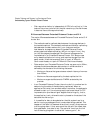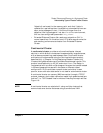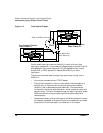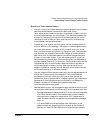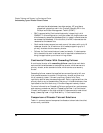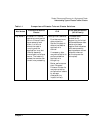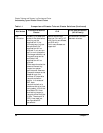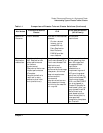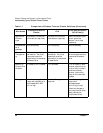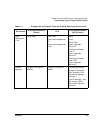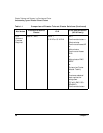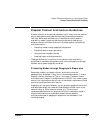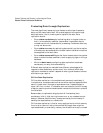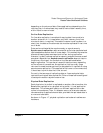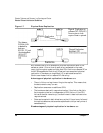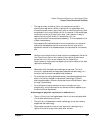
Disaster Tolerance and Recovery in a Serviceguard Cluster
Understanding Types of Disaster Tolerant Clusters
Chapter 134
Application
Failover
type
Automatic (no manual
intervention required).
Automatic (no manual
intervention required).
Semi-automatic (user
must “push the
button” to initiate
recovery).
Access Mode
for a
package
Active/Standby Active/Standby Active/Standby
Client
Transparen
cy
Client detects the lost
connection. You must
reconnect once the
application is recovered
at second site.
Client detects the lost
connection. You must
reconnect once the
application is recovered
at second site.
You must reconnect
once the application is
recovered at second
site.
Maximum
Cluster Size
Allowed
2 nodes for this release. 2 to 16 nodes 1 to 16 nodes in each
cluster supporting up
to 3 primary clusters
and one recovery
cluster. (maximum
total of 4 clusters-64
nodes)
Storage Identical storage is not
required (replication is
host-based with MD
mirroring).
Identical Storage is
required.
Identical storage is
required if
storage-based
mirroring is used.
Identical storage is
not required for other
data replication
implementations.
Table 1-1 Comparison of Disaster Tolerant Cluster Solutions (Continued)
Attributes
Extended Distance
Cluster
CLX
Continentalclusters
(HP-UX only)



